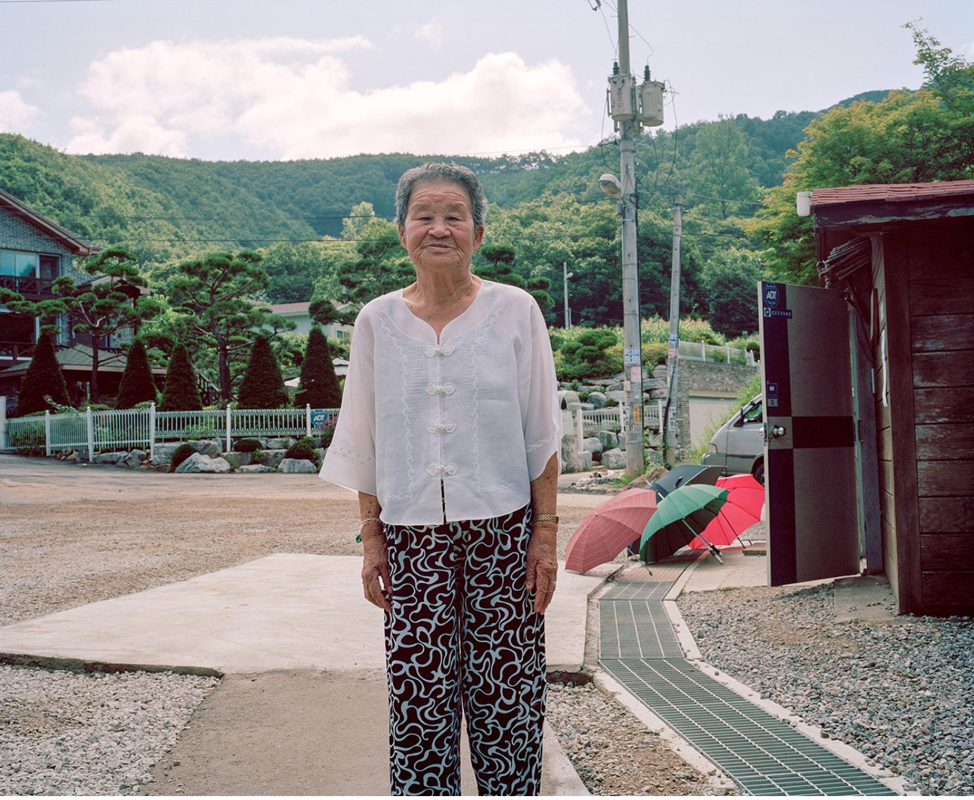Don’t Erase My History and Don’t Sell My Picture
A photo essay on the ongoing struggle of Korean “comfort women”
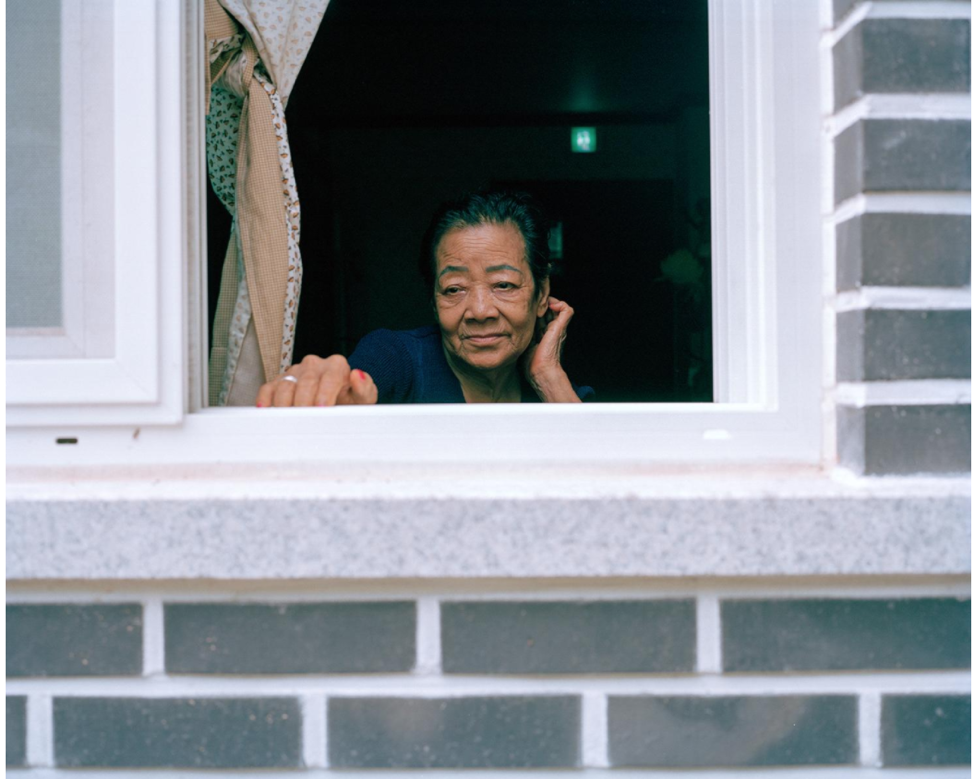
In 2010, I visited The House of Sharing, a residence and nursing home outside of Seoul, South Korea, for former Korean “comfort women.” It was founded in 1992 by funds raised by Bhuddist organizations and civic groups. “Comfort women” is a euphemism for females (mostly teenagers) who were forced into sexual slavery for the Japanese Imperial Army during the Second World War. These days, Koreans endearingly refer to them as “halmonis” (grandmothers). Despite the overwhelming number of testimonies and historical evidence to support their claims, no acceptable apology or legal reparations have been offered by the Japanese government. The idea for these portraits began when I got involved in creating a memorial for the halmonis. The memorial, now completed, is the first one dedicated to such women in the Western world.
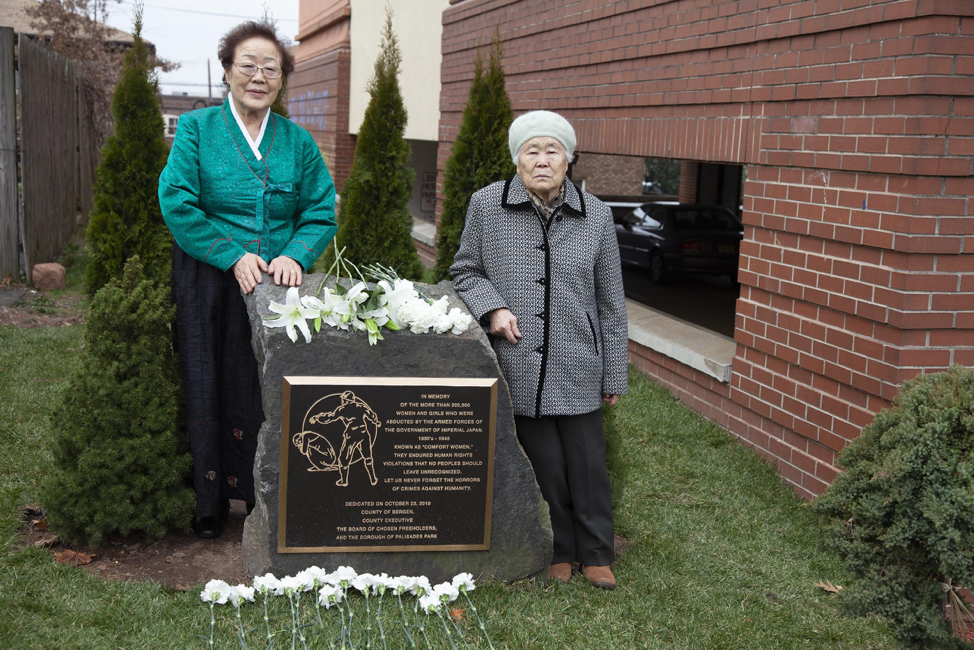
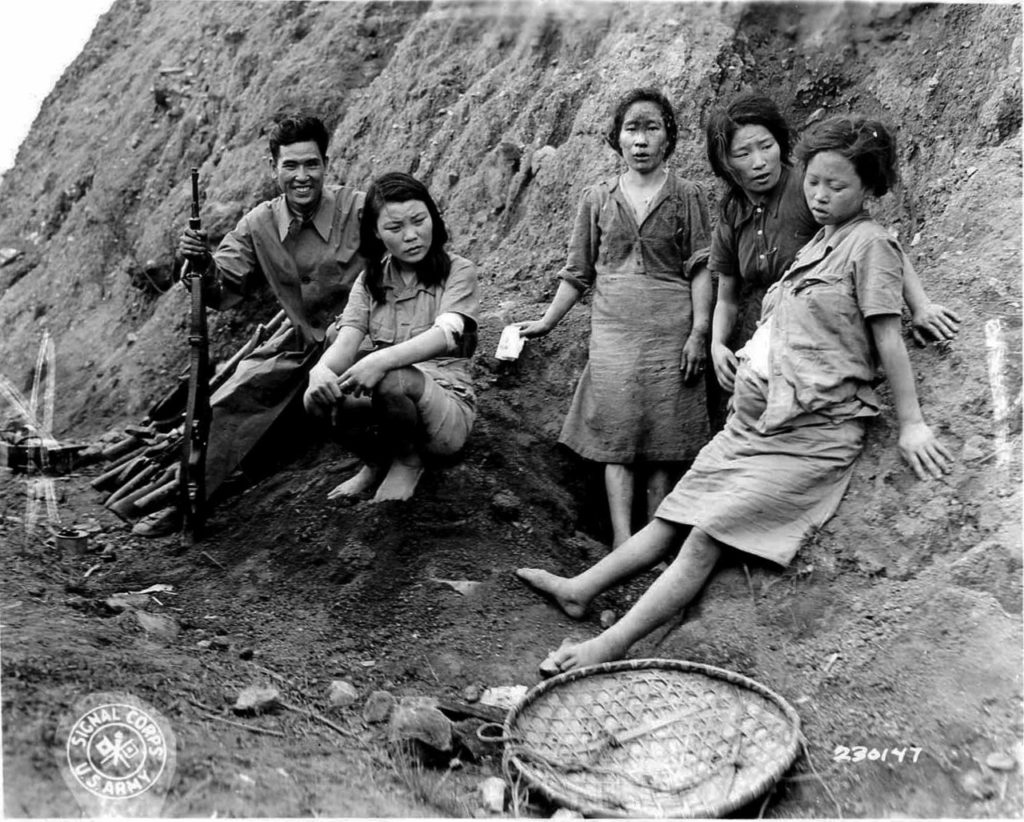
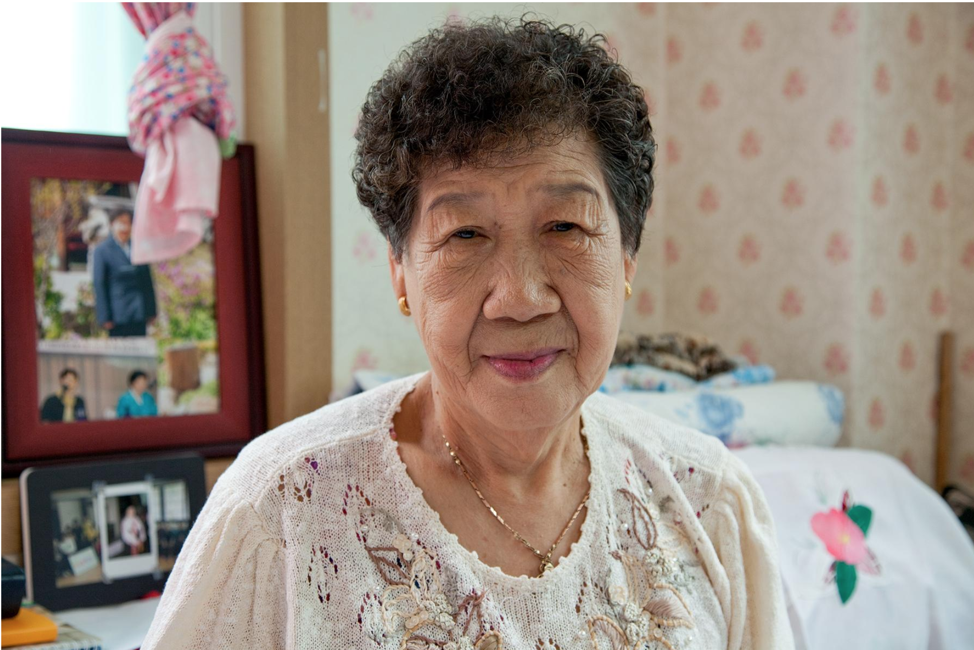
Kang Il Chul Halmoni looked up from her chair as locks of her short curly hair floated to the floor. I bowed: “Annyeonghaseyo.” Kang Il Chul Halmoni was born in 1928 in Sangju, a town in southern Korea. In 1943, when she was 16, a military officer abducted her. She was taken to Manchuria, where she was forced to work in a Japanese military “comfort station”. Fortunately, Korean independence fighters rescued her. After the war, she remained in China and later served as a military nurse for Korean communist troops. Upon her discharge, she moved to Jilin City and married a Chinese man. She returned to Korea in 2000.
Walking outside, I saw Lee Ok Seon Halmoni sitting on a bench under the statue of a young girl wearing a hanbok, her face framed in a white halo of hair looking at the distant mountains. “Don’t take my picture,” she said. I put down my camera.
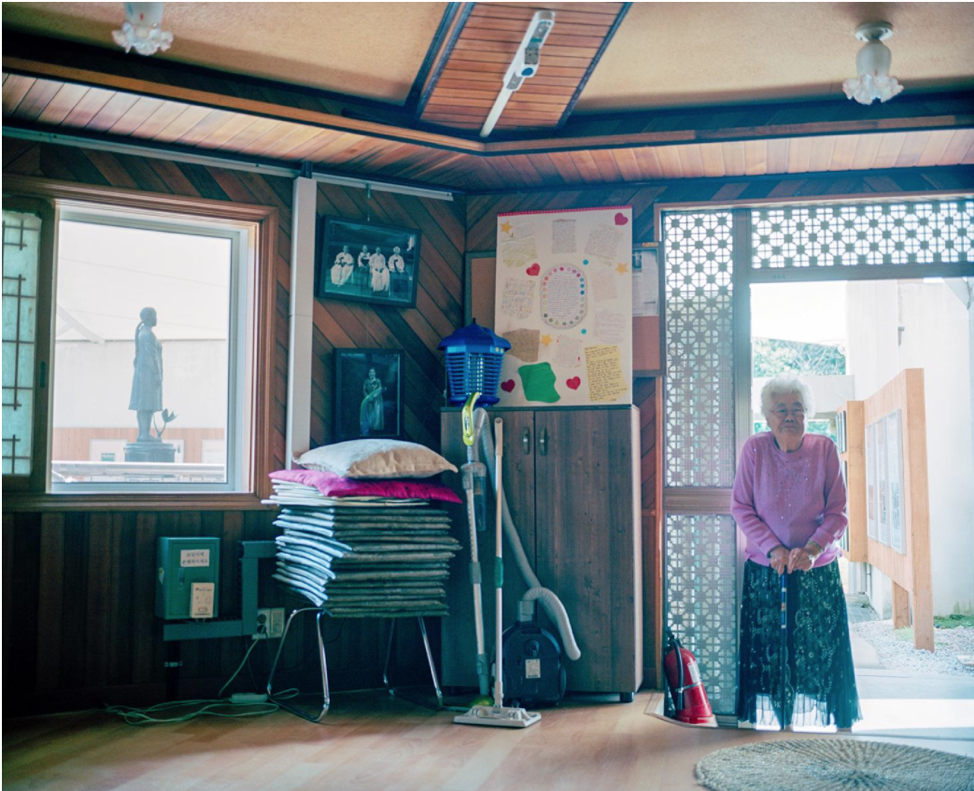
But over the next day, the halmonis gradually warmed up to me. They began asking me questions about my life in America. They told me stories, summarized the latest television dramas, and showed me their garden. I painted their nails, we listened to music, and looked through their albums together.
Kim Hwa Seon Halmoni insisted that I take a picture of her in her hanbok. But after she lay down to get a massage from a young mother and her two daughters, she closed her eyes. “Maybe you should just take one of those pictures on my wall, one where I’m wearing a hanbok.”
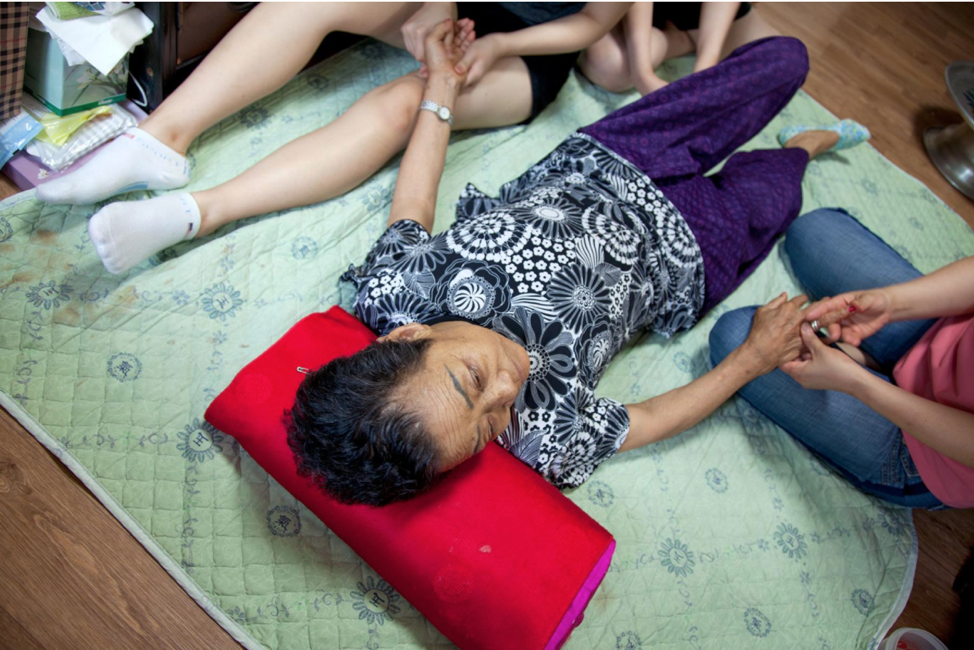
Hours before sunrise, I awoke from the tapping on the hollow gourds keeping rhythm with the monks’ prayers. I thought of the things the halmonis had told me, and what I’d read in my research. “I was poor and hungry.” “I was taken from my own home.” “She was sold by her father, twice.” “Stricken with typhoid fever, she was taken to be cremated alive.” “If I didn’t do what they said, they would slash your clothes and shove the knives into your private parts.” “It was no place for humans.”
I closed my eyes. The tapping and prayers intensified.
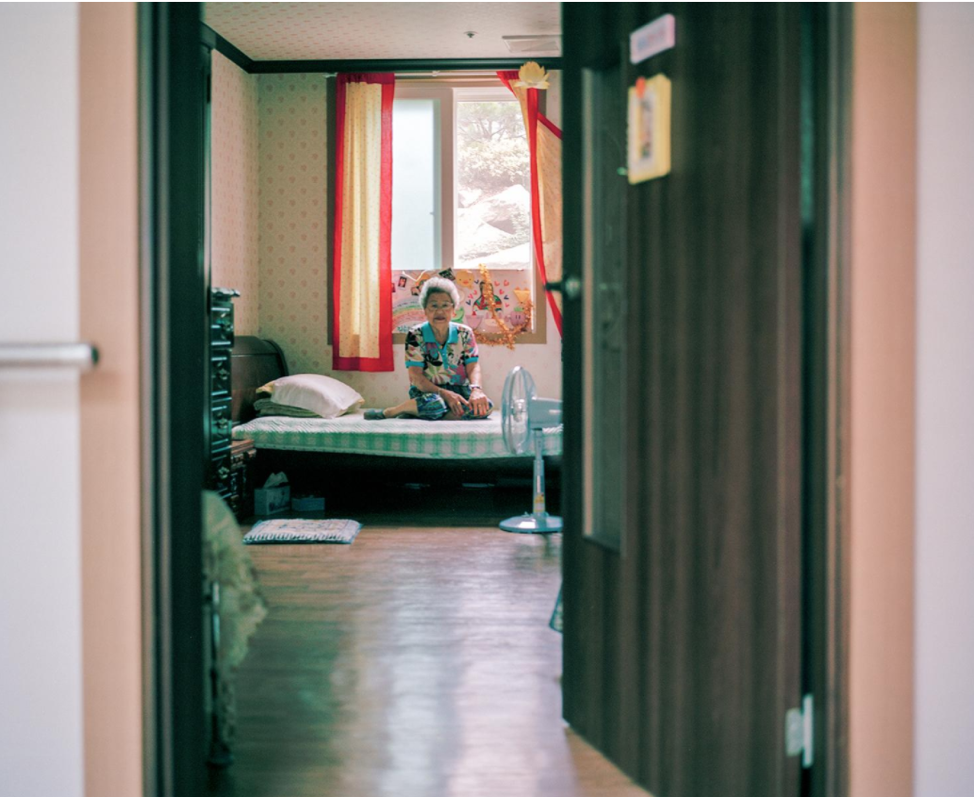
In Korea, there is a concept of a collective emotion called “han,” a word that embodies the sentiments of Koreans having been colonized, a kind of unity that is inherent in their collective sorrow, a darkness from where beauty can emerge.
When students protest with the halmonis in front of the Japanese embassy every Wednesday, it is with this sense of han. It is their history too.
As a Korean woman, this project was motivated not only by this same desire, but also in hopes of creating a visual narrative about their lives beyond their victimhood. I realize that it’s more than just revisionist history that threatens their cause, it is also the sensationalism around their experiences that people try to fuel their own causes, like a photographer who profited off their images, or an activist who used their money to advance her political career.
It has been exactly a decade since I shot this series. There were 63 known Korean survivors in 2010. Today, only eighteen remain.
